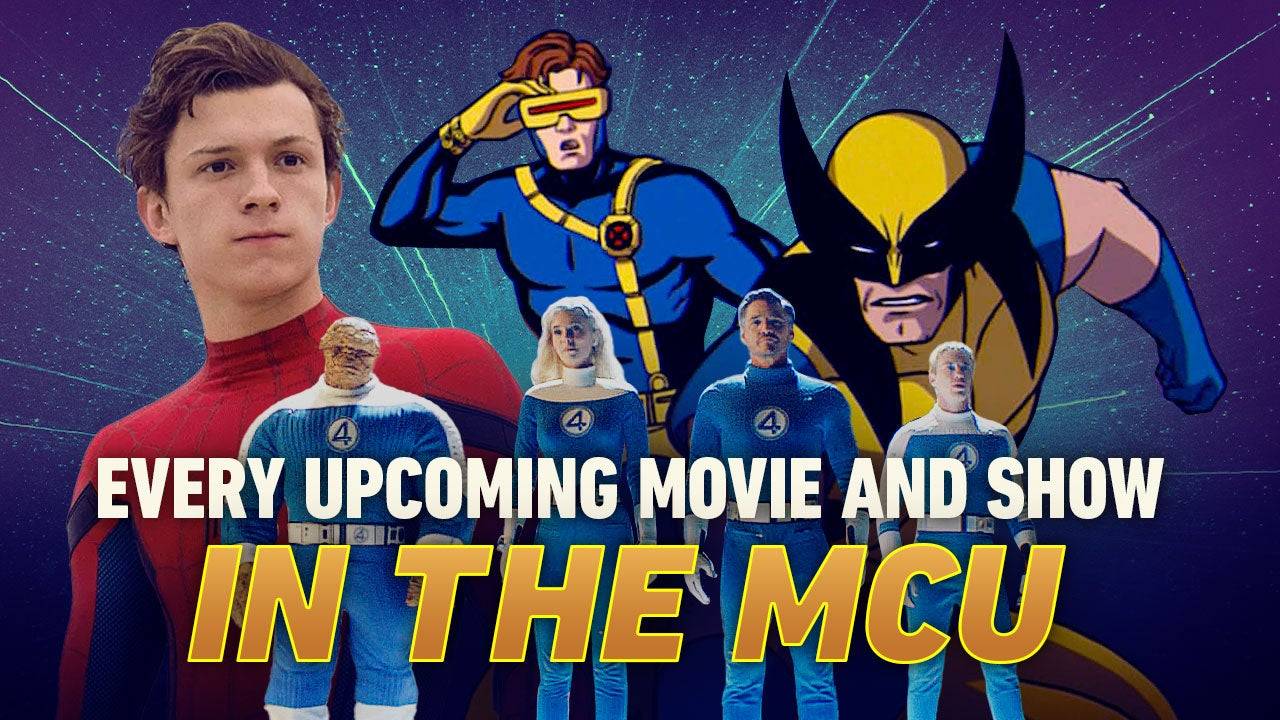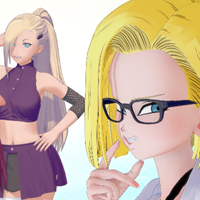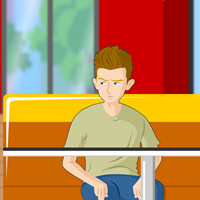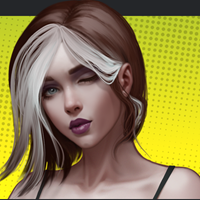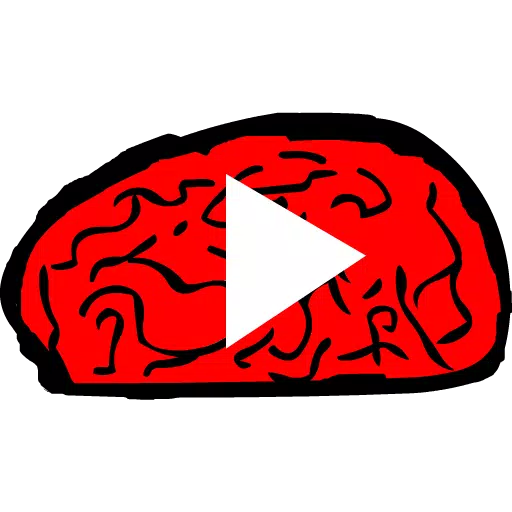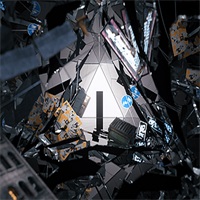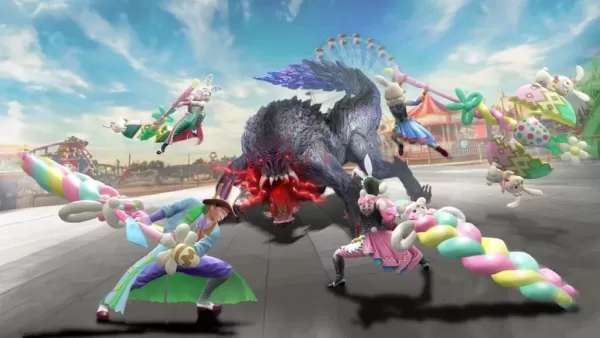Captain America: Brave New World - Our Biggest WTF Questions
Marvel Studios launched its 2025 film slate with Captain America: Brave New World, a sequel that, unfortunately, leaves much to be desired. While it features Anthony Mackie's Sam Wilson as the new Captain America, the film falls short of expectations, leaving viewers with several unanswered questions and underdeveloped characters (read IGN's review for a more in-depth analysis).
Brave New World presents a series of perplexing plot points. The roles of new characters like Ruth Bat-Seraph and Sidewinder remain unclear. The Leader's actions seem less than masterfully planned, and the absence of the Hulk and other Avengers is glaring. Let's delve into some of the most prominent questions arising from the film.
Captain America: Brave New World Gallery
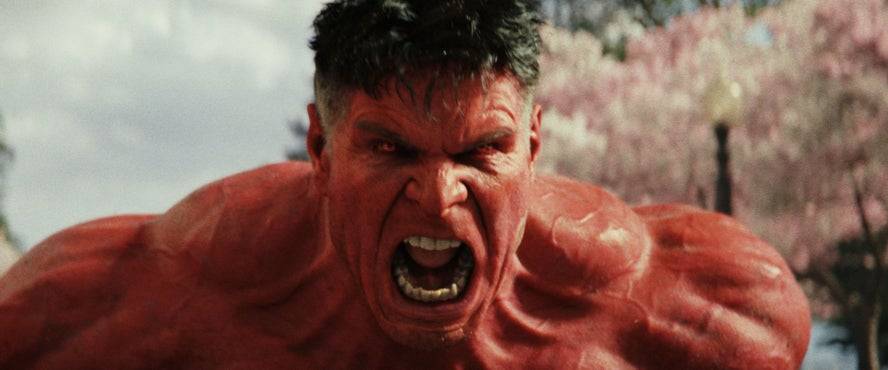
 12 Images
12 Images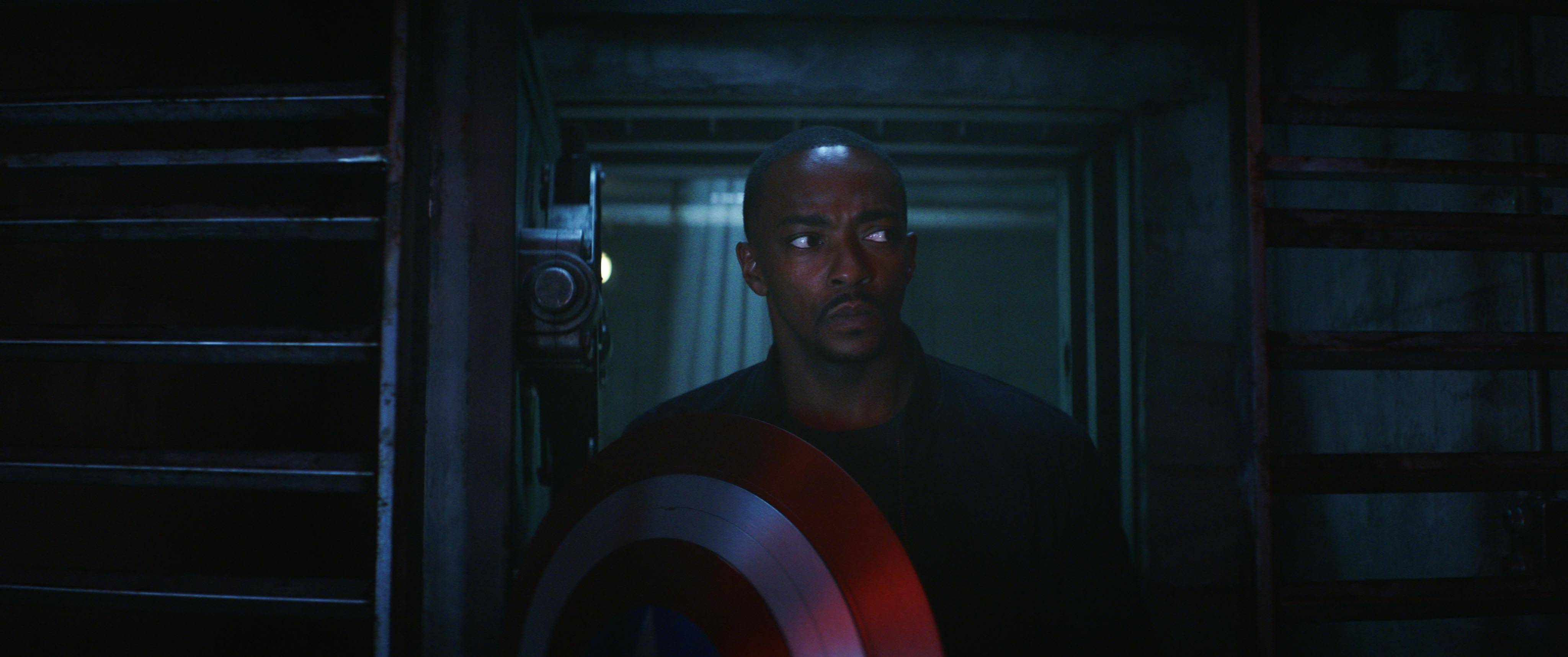

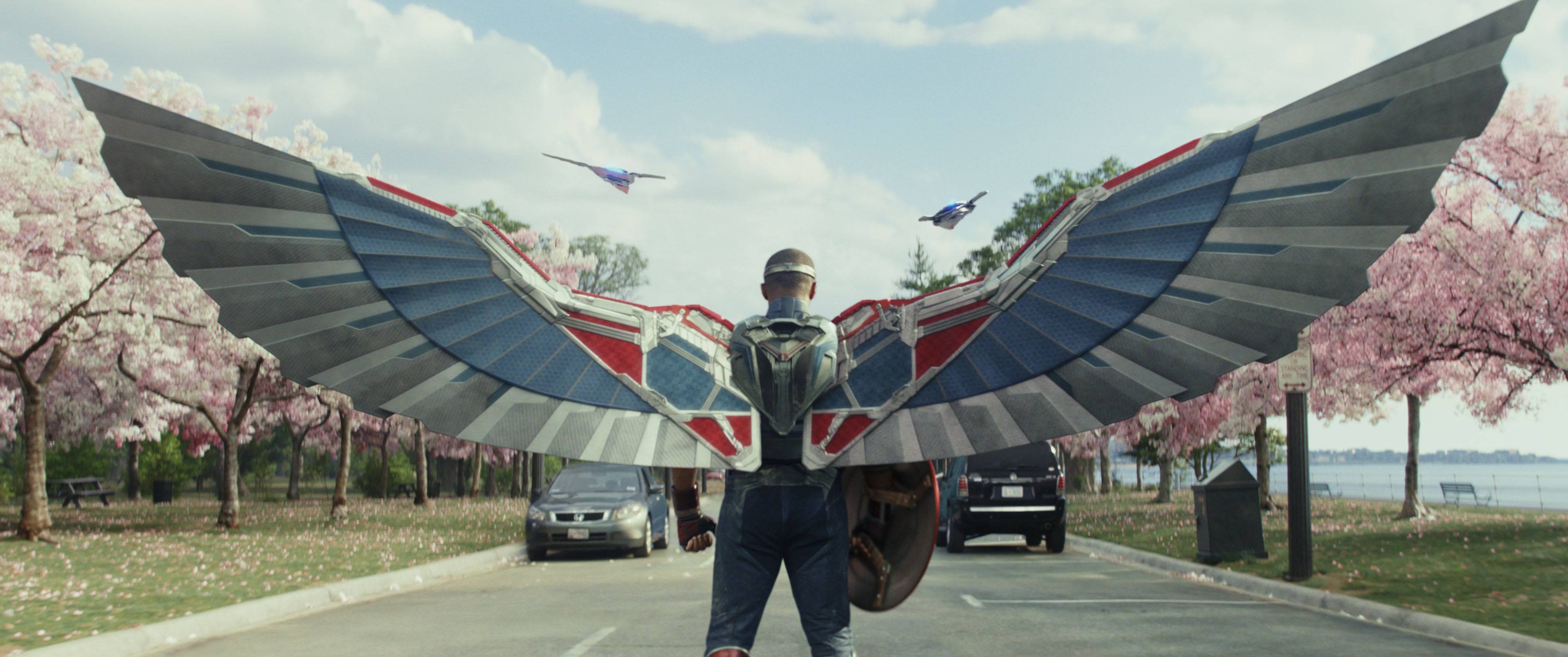
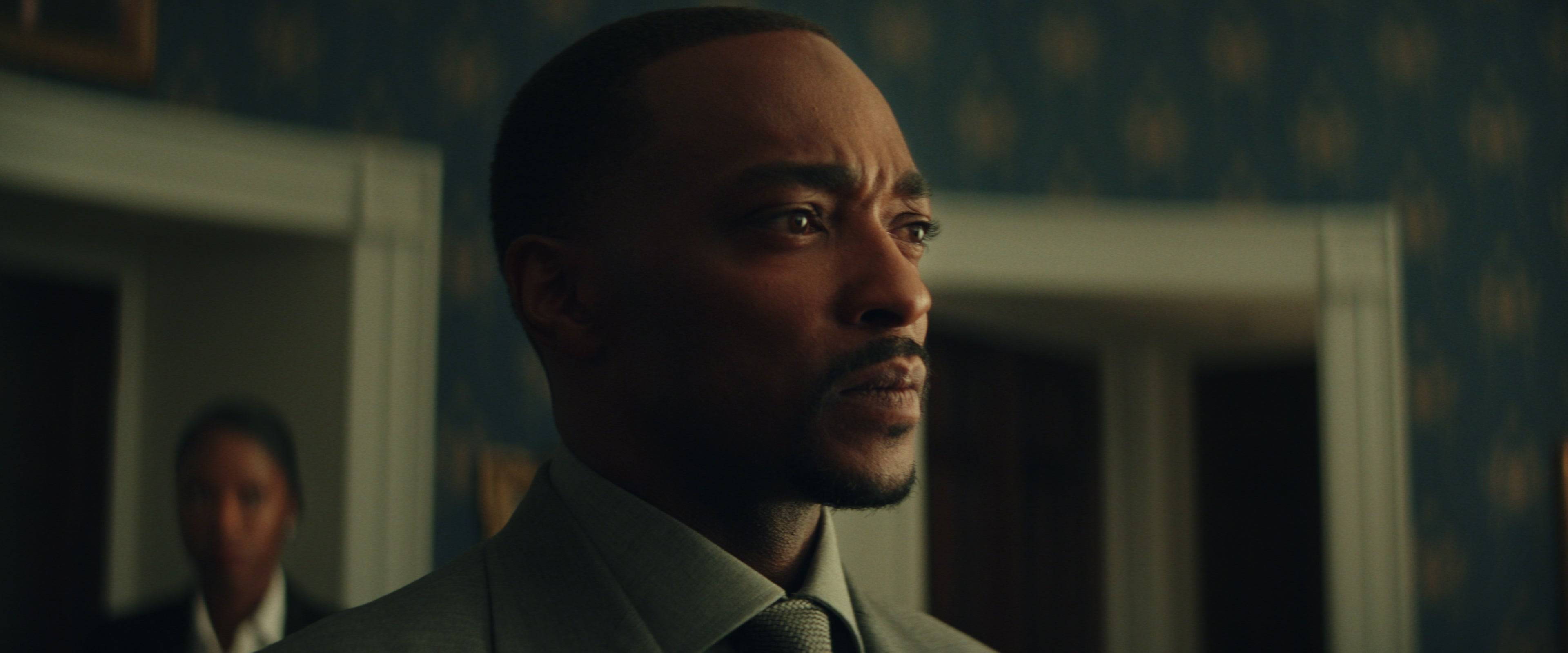
Where Was Banner This Whole Time?
Seventeen years later, Marvel finally delivers a sequel to The Incredible Hulk within Captain America: Brave New World. The film addresses lingering plot points from the original, revealing the fate of Tim Blake Nelson's Samuel Sterns and the consequences for Harrison Ford's Thaddeus Ross. Liv Tyler's return as Betty Ross adds another layer. However, a crucial element is missing: the Hulk himself. Mark Ruffalo's Bruce Banner's absence is puzzling, especially given the direct connection to The Incredible Hulk's foundation.
Banner's reaction to Sterns' transformation into the President and the ensuing chaos would have been significant. His involvement in monitoring global events, as established in Shang-Chi and the Legend of the Ten Rings, and his ongoing research and family life (seen in She-Hulk), further highlight his inexplicable absence. While Marvel might offer an explanation—perhaps Banner was off-world with Skaar—his absence leaves a noticeable gap in the narrative. The film emphasizes Sam Wilson's acceptance of the need for a new Avengers team, yet it fails to include a key member who would logically be involved.
Why Does The Leader Think So Small?
Brave New World marks the return of Tim Blake Nelson's Samuel Sterns, drastically transformed by gamma radiation. He possesses immense intelligence, yet his strategic brilliance is questionable. His supposed orchestration of a war between the US and Japan seems poorly planned, failing to account for Captain America's intervention. His surrender at the climax is equally perplexing, as his final act—playing a recording—could have been achieved without self-incrimination.
The film portrays Sterns as less of the brilliant mastermind ("The Leader") from the comics and more of a man consumed by hatred for Harrison Ford's Ross. This limited motivation undercuts the potential of such a significant Marvel villain, especially one who supposedly foresees the collapse of the multiverse.
Why Is Red Hulk So Much Like Green Hulk?
The film culminates in a battle between Captain America and a transformed President Ross, who becomes the Red Hulk. While this plot point originates from the comics, the MCU's Red Hulk differs significantly. Unlike his comic book counterpart, who retains his intelligence and tactical prowess, the film's Red Hulk is as mindless and uncontrollable as the early Hulk, subdued by thoughts of Betty. This missed opportunity to portray a unique Hulk variation—a battle-hardened soldier with immense strength—is disappointing.
Why Did Those Blades Hurt Red Hulk but Not Bullets?
Red Hulk demonstrates invulnerability by shrugging off bullets, yet Captain America's vibranium blades inflict damage. This discrepancy likely stems from the vibranium's unique properties, allowing it to pierce Red Hulk's defenses in a way that conventional projectiles cannot.
Why Is Bucky a Politician Now?
Sebastian Stan's Bucky Barnes makes a cameo appearance, revealing his unexpected career path as an aspiring politician. This sudden shift in character is jarring, given his past and lack of prior indication of political ambitions. While it acknowledges his bond with Sam Wilson, Bucky's transition into politics seems incongruous.
Why Does Sidewinder Want to Kill Cap So Badly?
Giancarlo Esposito's Sidewinder, leader of Serpent, harbors a seemingly unexplained personal vendetta against Captain America. His motivation remains unclear, possibly a casualty of the film's reshoots. With Esposito hinting at Sidewinder's future role in a Disney+ series, this unresolved conflict needs further exploration.
What Was the Point of Sabra, Exactly?
Shira Haas' Ruth Bat-Seraph, a former Red Room operative, serves as a bodyguard to President Ross, initially acting as an antagonist before becoming an ally. However, her role feels underdeveloped and ultimately inconsequential to the main plot. The adaptation of the Sabra character from the comics seems arbitrary, given the significant changes to her background and powers in the MCU.
What’s the Deal With Adamantium Now?
Adamantium's introduction is significant, serving as a plot device driving conflict between global powers. However, its long-term implications remain unclear, beyond its potential connection to Wolverine's eventual MCU debut. Its impact on the global landscape is yet to be fully explored.
Why Are We No Closer to the Avengers?
Years after the disbanding of the Avengers, the MCU continues to introduce new heroes without effectively bringing them together. Brave New World hints at the possibility of reforming the team, but ultimately fails to establish a concrete path towards that goal, leaving the future of the Avengers uncertain.
AnswerSee ResultsFor more on Captain America: Brave New World and the future of the MCU, check out our ending explained breakdown and see every Marvel movie and series in development.
-
Remedy's Control spin-off shooter, FBC: Firebreak, has surpassed one million players. The free-to-play title is accessible to Xbox Game Pass and PS Plus subscribers, yet the studio acknowledged this achievement as a "significant milestone" while recoAuthor : Claire Dec 23,2025
-
Clash Royale has finally introduced a major upgrade for the Inferno Dragon, nearly a decade after its initial release. The fiery Legendary card now boasts enhanced capabilities, with Supercell partnering with Finnish comedian Ismo Leikola for a speciAuthor : Natalie Dec 22,2025
- Spring Valley Farm Game: January 2025 Redeem Codes
- WWE Superstars Join Call of Duty Warzone: Mobile Roster
- Midnight Girl is a minimalist point-and-click adventure set in Paris in the 60s, now open for pre-orders on mobile
- Mobile Legends: Bang Bang – Best Lukas Build
- "Grand Outlaws Unleashes Chaos and Crime on Android Soft Launch"
- Video Game Song Surpasses 100 Million Streams on Spotify

